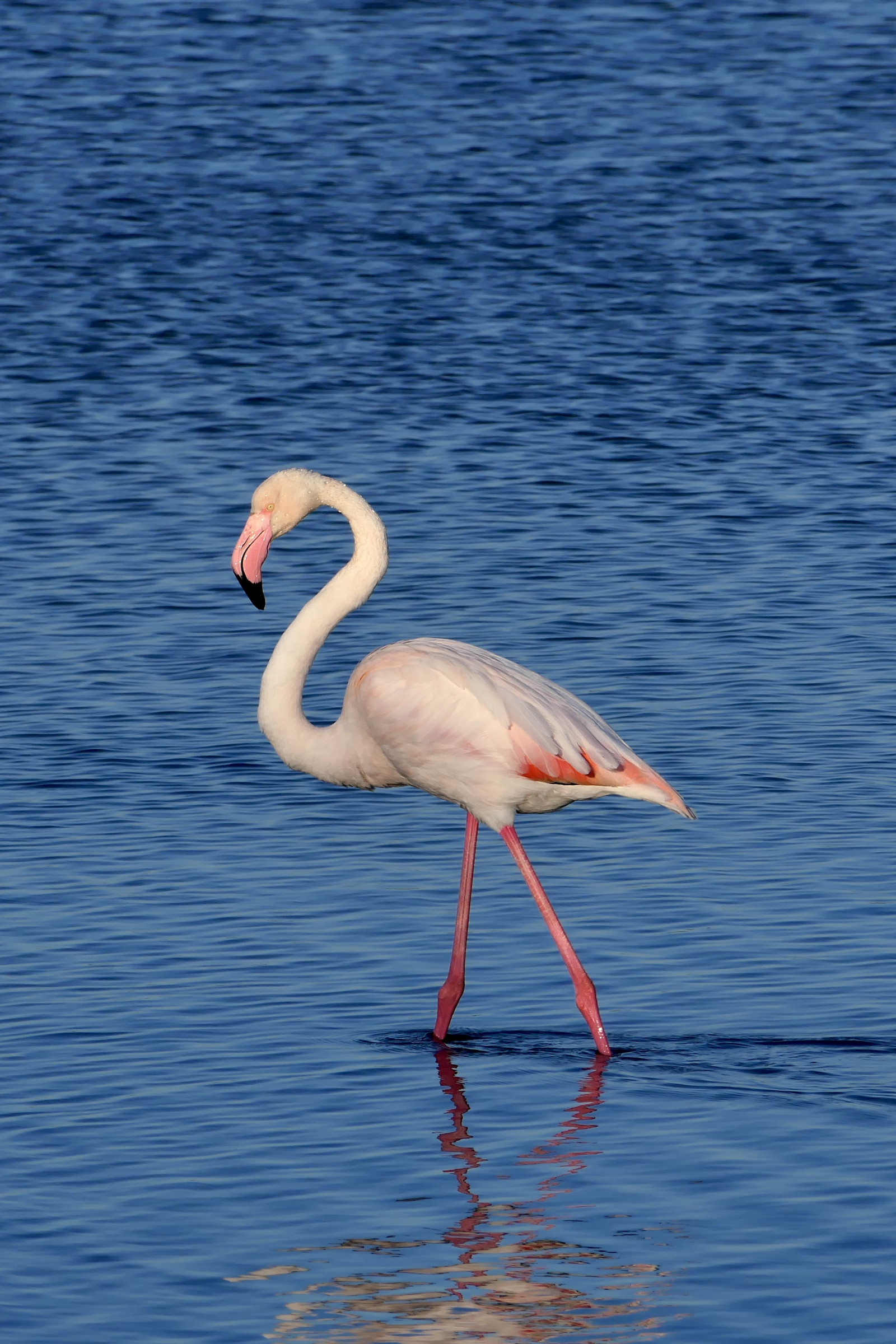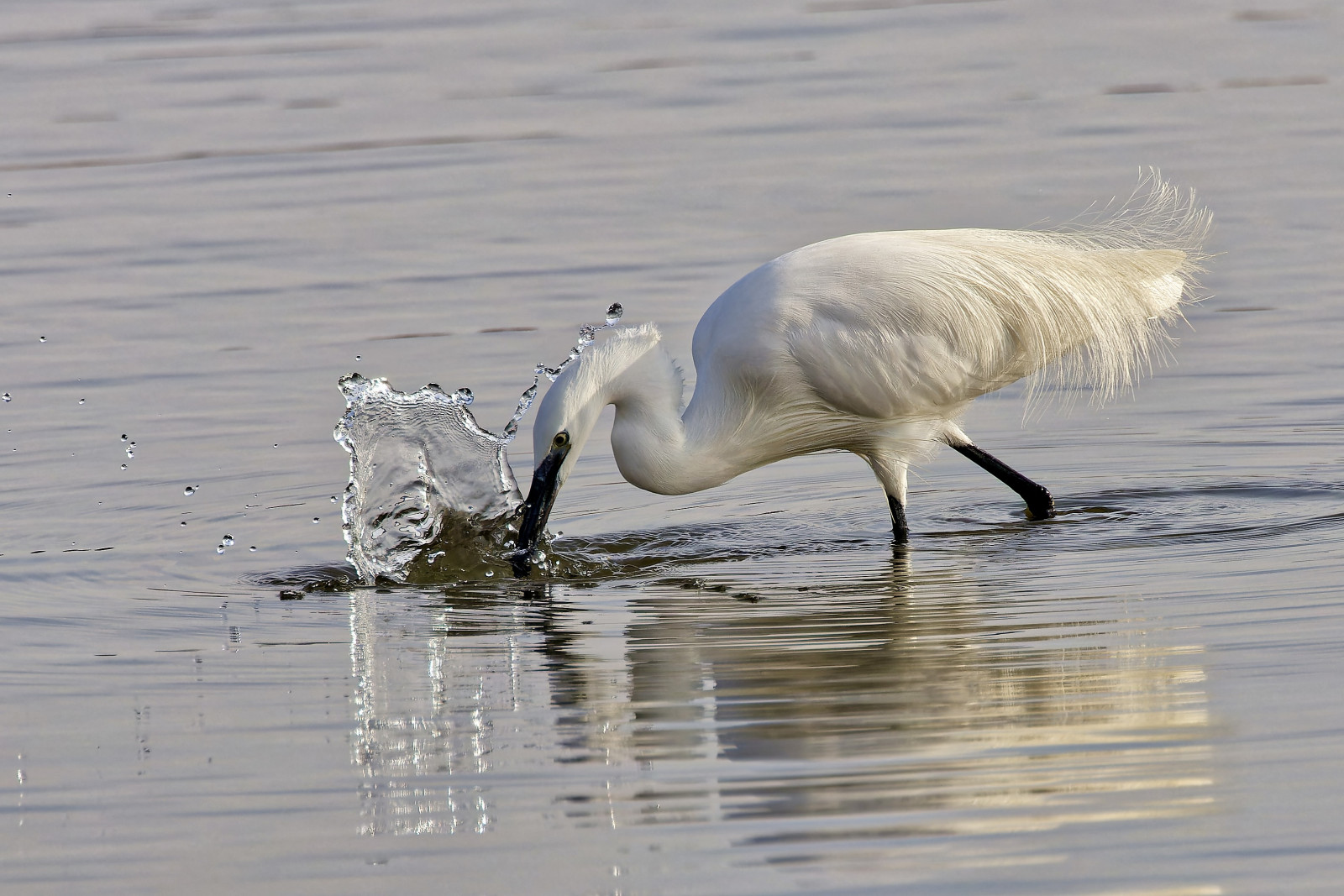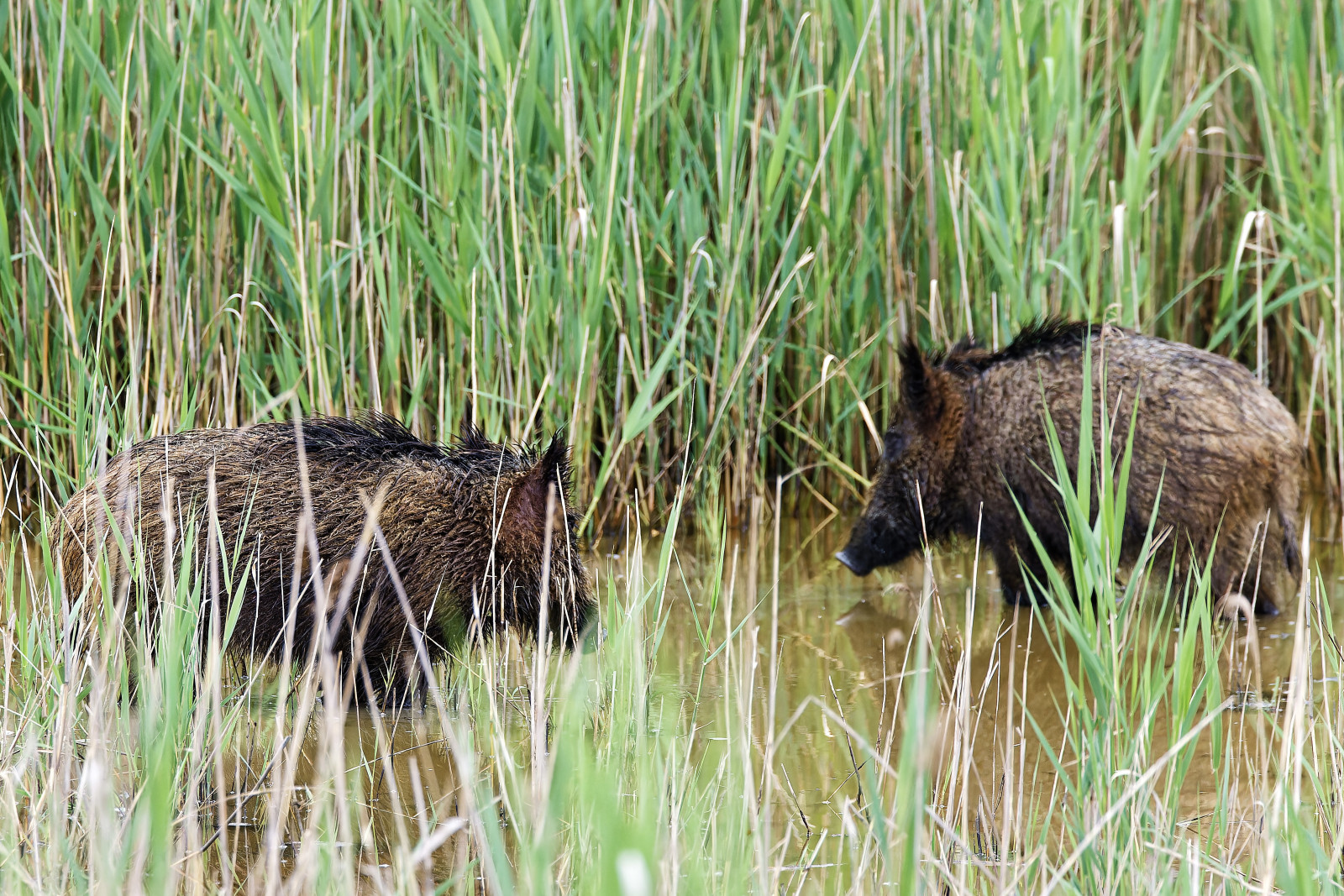Descrição
The Valle Cavanata Nature Reserve is a former fishing valley which was turned into a reserve in 1996. It has a land surface area of 274 ha, consisting of different habitats such as wetlands, woods, lagoons and seaside. More than 260 different species of birds (incl. many migratory birds) have been recorded here. Ganso-comum live here year round and are the symbol of the reserve. Other species found year round or breeding include Cisne-vulgar, Flamingo-comum, different herons and grebes, Pernilongo, Pato-branco, Andorinha-do-mar-comum, Guarda-rios-comum, Tartaranhão-ruivo-dos-pauis. During migration and/or winter you may find amongst others, Mobêlha-árctica, Ganso-grande-de-testa-branca, Ganso-de-faces-brancas, several ducks, Gaivota-de-cabeça-preta and Tartaranhão-azulado.
_________________________
Italiano: La Riserva naturale regionale Valle Cavanata è stata istituita nel 1996 e si trova nell’area di un’ex valle da pesca. Si estende per 274 ha e ospita diversi habitat, tra cui le zone umide, boschi, prati, le piane di marea e le spiagge. Nell’area protetta sono state osservate più di 260 specie, incluse quelle migratorie. L’oca selvatica (Anser anser), simbolo della riserva naturale, staziona qui tutto l’anno con circa 100 individui. Le altre osservabili in determinati periodi dell’anno o qui nidificanti sono il Cigno reale (Cygnus olor), il Fenicottero (Phenicopterus roseus), varie specie di aironi, il Cavaliere d’Italia (Himantopus himantopus), la Volpoca (Tadorna tadorna), la Sterna comune (Sterna hirundo), il Martin pescatore (Alcedo atthis) e il Falco di palude (Circus aeruginosus). Durante la migrazione e/o il periodo invernale tra le altre specie si possono osservare la Strolaga mezzana (Gavia arctica), Oca lombardella (Anser albifrons), Oca facciabianca (Branta leucopsis), vari Anatidi, Gabbiano corallino (Ichthyaetus melanocephalus) e l’Albanella reale (Circus cyaneus).
Detalhes
Acesso
Approx. 30 km south of the A4 or A23 highway. Also accessible by bike (or car) from Grado across the Canale Primero (approx. 10 km). Click on the P in the map to get directions.
_________________________
Italiano: Approssimativamente a 30 km sud dall’autostrada A4 o A23. La riserva è accessibile anche in bici (o in macchina) da Grado, superando il Canale Primero (circa 10km). Clicca sulla P sulla mappa per le indicazioni.
Terreno e Habitat
Terras húmidas , Mar , Dunas , Lamaçais , Praia , Camas de juncoCondições
Plano , Pantanoso , Paisagem abertaCaminho circular
Nãoé útil um telescópio?
SimBoa temporada de observação de aves
Durante todo o anoMelhor hora para visitar
Primavera , Inverno , Migração de outonoRota
Estrada não pavimentada , Caminho largoCaminho dificil
FácilAcessível por
Bicicleta , CarroAbrigo/plataforma deobservação de aves
SimInformação extra
At the visitor centre you may find additional information about short itineraries to areas which are usually closed to visitors. There are also bikes for rent. Please check the website (see the link below) for the opening hours.
_________________________
Italiano: Al Centro visite è possibile ricevere ulteriori informazioni sugli itinerari da percorrere in riserva. È attivo anche un noleggio gratuito di biciclette in orario di apertura del Centro visite. Visita il sito internet per i relativi orari.





